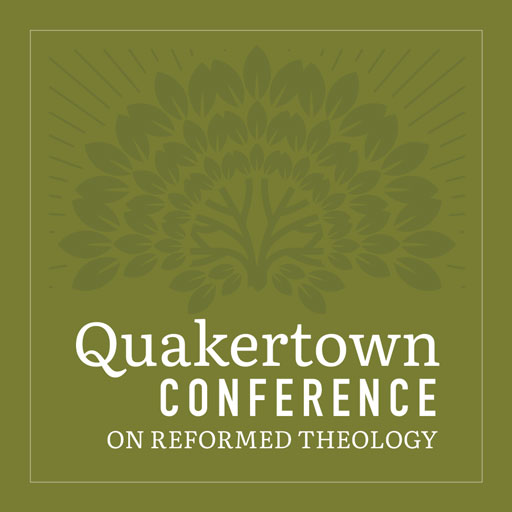
Lady Jane Grey and a Letter that Shocked Victorians
By the 19th century, the story of Lady Jane Grey, the young queen who succeeded Edward VI for less than two weeks, had already been heavily fictionalized, romanticized, politicized, and reinvented. The famous painting by Paul Delaroche, The Execution of Lady Jane Grey (1833), is a classic example. It portrays an innocent young victim, all dressed in white, who helplessly stumbles, blindfolded, toward the chopping block.
A Short Life
In reality, Jane was an intelligent girl with clear ideas and strong determination. Born in 1537 to a noble family (her mother was a niece of King Henry VIII), she was diligently trained by her parents in both theological and humanistic studies, and social graces. A typical teenager, she temporarily worried her tutor, John Aylmer, by taking too much interest in music, make-up and clothes – so much that he wrote repeated letters to one of her correspondents, the German Reformer Heinrich Bullinger, asking him to intervene.
It’s true that she had no idea of succeeding King Edward, who died unexpectedly in 1553, nor any desire to rule. On the other hand, when she understood that Edward had shared his counselors’ wish to keep a Protestant on the throne and had considered her best choice, she embraced her role with passion and sobriety, making resolute decisions (such as her refuse to make her husband Guildford king, probably to keep his family out of the already tangled political web). It was then that Edward’s half-sister Mary, convinced of being the rightful heir, rallied a strong army in a Roman Catholic region of England. She was proclaimed queen nine days after Jane’s proclamation. After a five-month imprisonment in the Tower of London, Jane was executed on February 12, 1554.
A Bold Letter
According to historian Eric Ives, what Jane wrote in the Tower revealed much about her, “bringing us closer to the real girl than anything bar her speech from the scaffold. This is particularly true of the letter to Thomas Harding,” her former chaplain, who had turned Roman Catholic when Mary rose to the throne. The letter opened in blunt tones:
“I cannot but marvel at thee and lament thy case; that thou, which sometimes wert the lively member of Christ, but now the deformed imp of the devil; sometimes the beautiful temple of God, but now the stinking and filthy kennel of Satan; sometimes the unspotted spouse of thy Saviour, but now the unshamefast paramour of Antichrist; sometimes my faithful brother, but now a stranger and apostate; yea sometimes my stout Christian solder, but now a cowardly runaway. So oft as I consider the threatening and promises of the divine Justice to all those which faithfully love him, I cannot but speak to thee, yea, rather cry out and exclaim against thee, thou seed of Satan, and not of Juda, whom the devil hath deceived, the world hath beguiled, and desire of life hath subverted, and made of a Christian an infidel.”
Victorians found this letter so shocking that some “simply refused to believe that Jane wrote this. How could this model of young womanhood have so abused an older man and a cleric?” Ives asks, conveying their perplexities.
In reality, Jane’s words were neither exceptional nor mean. Her contemporaries freely used similar expressions, and her letter concludes with a warm appeal to return to Christ, “who even now stretcheth out his arms to receive you, ready to fall upon your neck, and kiss you.” The body of her writing is packed with Scriptures, expressed in actual quotations or blended into the text, as she aptly responds to Harding’s objections (either foreseen or expressed in a previous letter to her).
The image we get is that of a theologically savvy young woman who has an impressive knowledge and understanding of Scriptures, impeccable rhetorical and logical skills, and a deep concern for a man she perceived to be in mortal danger. Her depth and thoroughness in dealing with matters of apostasy, idolatry, the eucharist, and unity of the church also suggest she had been carefully considered these issues in those last days of her life and had come to an informed and firm conclusion.
Faithful Friends
Thankfully, few people use expressions like “deformed imp of the devil” in a letter today (social media is a different story). Jane’s rebuke of an older man, however, may still be considered questionable in some circles. Are women allowed to instruct men, especially in such bold tones? In this case, Jane thought she absolutely had to. “I cannot but speak to thee, yea, rather cry out.”
Other women of her time did the same. Olympia Morata, Protestant humanist and poet, wrote a forceful letter of rebuke to “a certain German preacher” who had given in to alcoholism and immorality. And Elizabeth Bucer was apparently ready to correct her husband Martin when needed, a quality he greatly appreciated. “[Wibrandis] is not as free in criticism as was my first wife [Elizabeth],” he wrote, “and now I realize that such liberty is not only wholesome but necessary.”
“Faithful are the wounds of a friend,” male or female, when inflicted in love and out of sincere concern. Even if Harding stayed Roman Catholic until his death, Jane unburdened her soul and probably strengthened her own convictions.

























